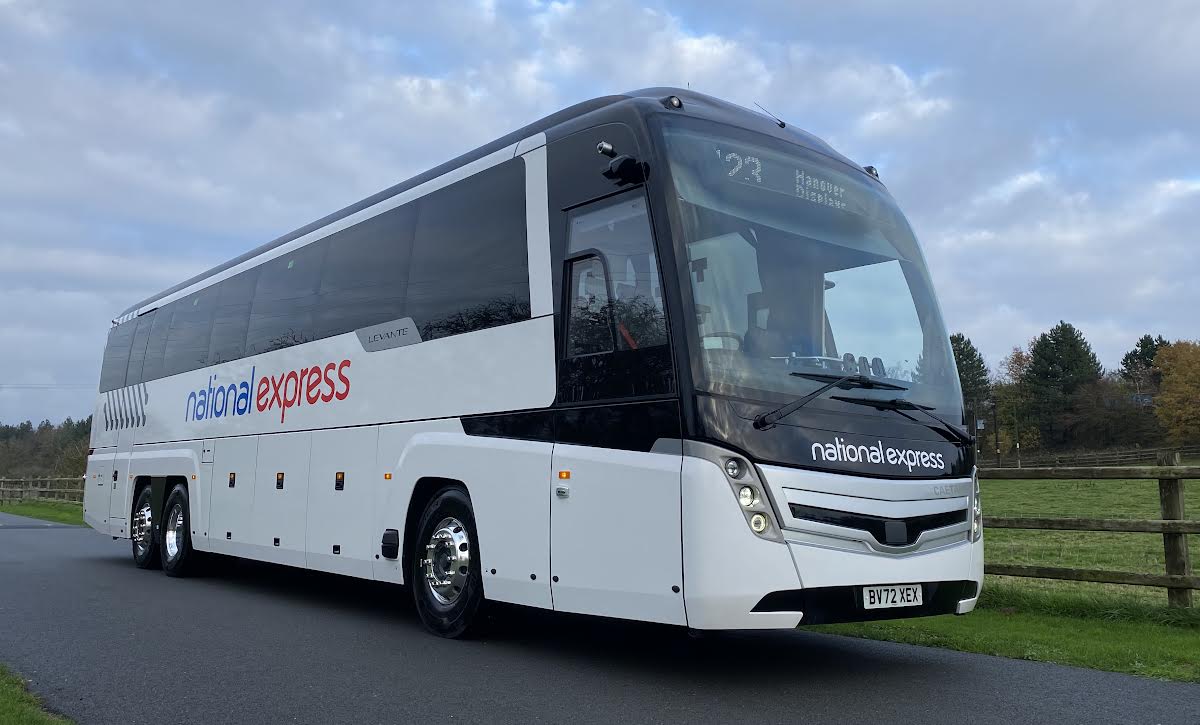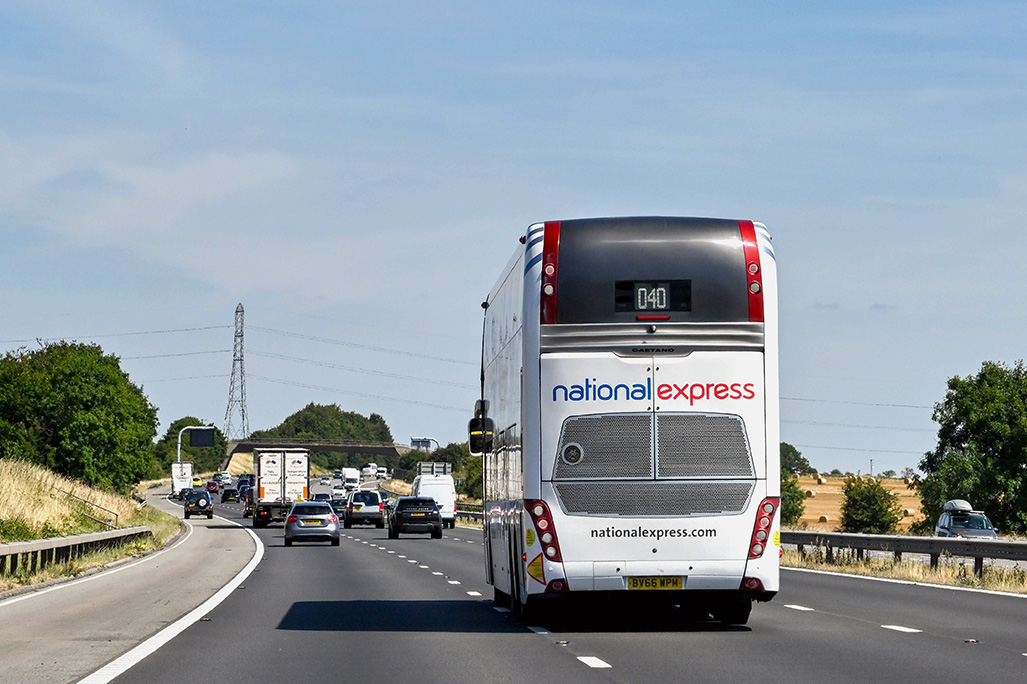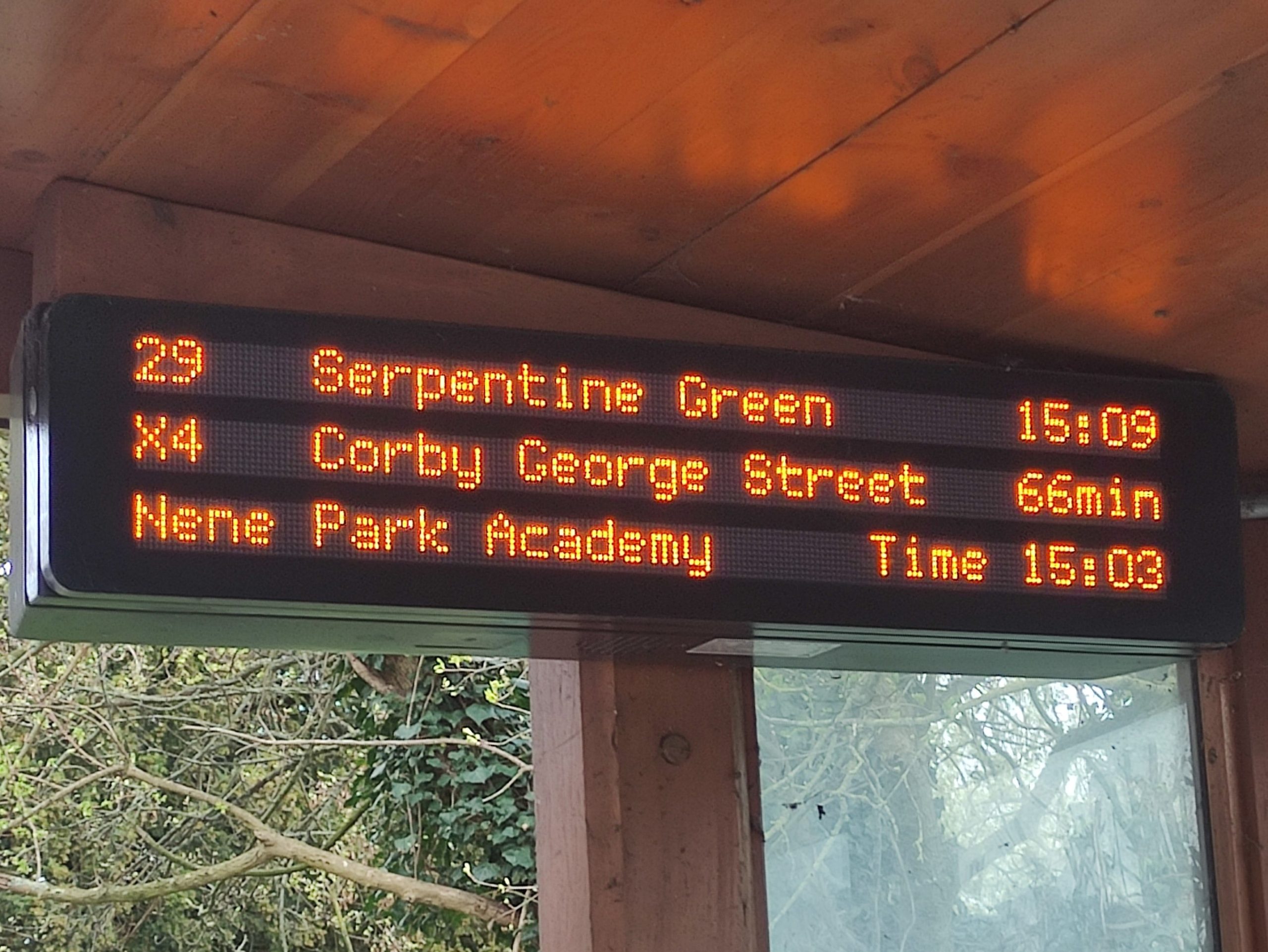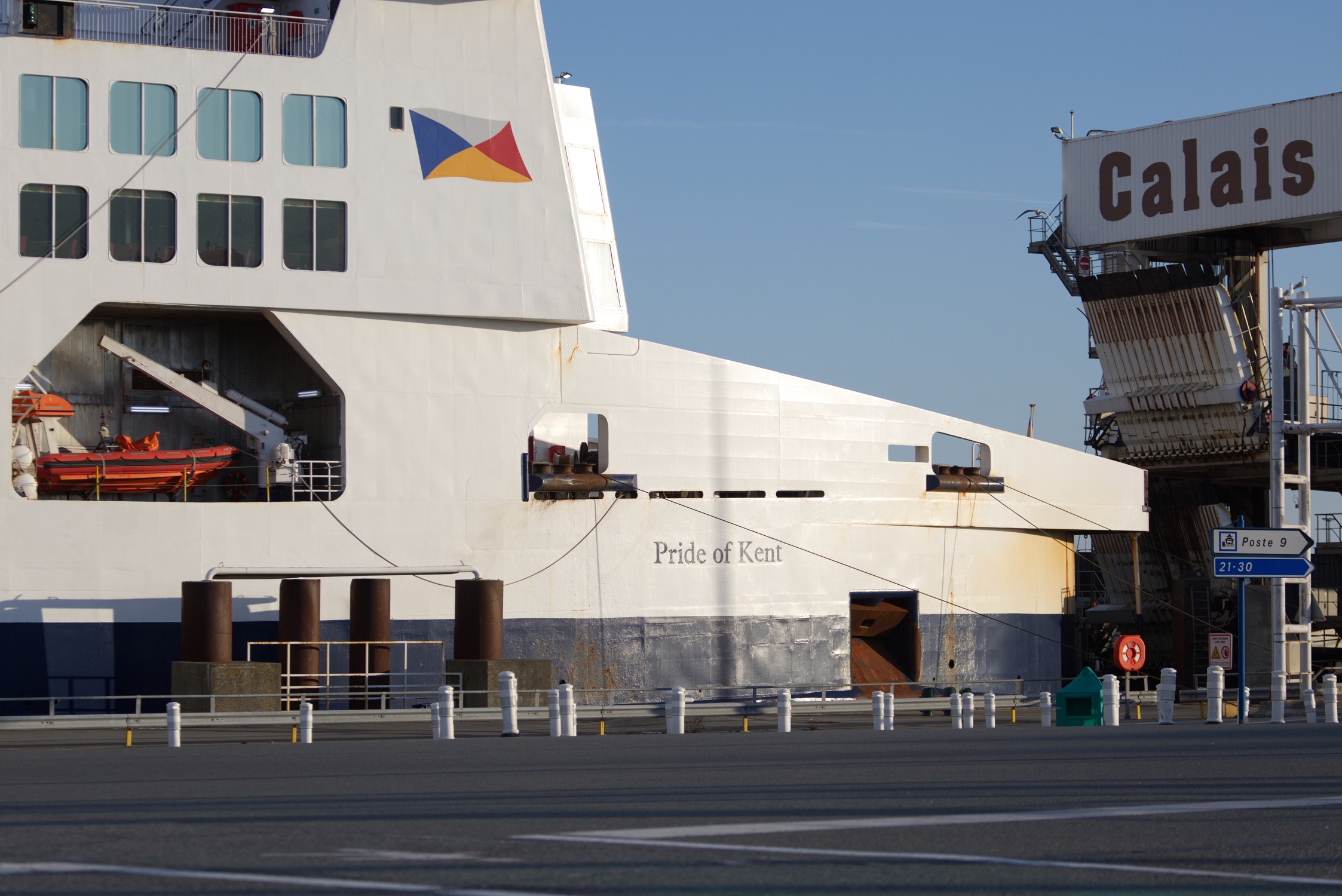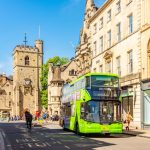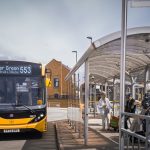In a business update, National Express reveals ambitious growth plans for its scheduled coach network over the next three months
Pre-pandemic, National Express carried about 21 million passengers. That dropped to six million in 2021, but bounced back to around 16 million the following year. Demand now outstrips supply, and this year the company is predicting a surge in passenger numbers that will see the number of journeys meet or exceed the 21 million passengers carried in 2019. The objective is even greater: 30 million carried before the end of the decade.
“The growth and demand is really there,” says Service Delivery Director for National Express’ coach business, Ed Rickard (pictured, below). “We think that coach is more relevant than it’s ever been for several reasons.”
Ed is responsible for everything from timetables to on-day delivery of the coach services. He shares how the company predicted, and expects to meet, the ambitious growth for its network.
 Why the time is right
Why the time is right
Coach is in a strong position in 2023. That’s both for internal reasons – a complete redesign of National Express’ network recently put an emphasis on fast, regular journeys connecting cities – and external reasons, such as soaring costs for motorists and inconveniences for rail users. This has placed coach in a reliable and value for money position when it comes to travel. The national green agenda has also highlighted coach as a carbon efficient means of transport.
“The network is the most relevant it’s ever been in terms of speed and regularity of journeys,” Ed explains. “We have a cost-effective way of travelling and we have a green way of travelling. It is helping push the growth agenda. Combine that with the issues the rail industry has been having over the last few months, and it supercharges what was already happening.”
Ed reveals National Express’ net promoter score (NPS) is very positive, currently tracking in the 40s with highs in the 50s also achieved (NPS has a scoring range of -100% to +100% of promoters minus detractors. Scores in the 40s are in the excellent range). Its Trustpilot score is averaging 4.4. Punctuality, operated mileage, and reliability are also the best they have ever been.
“There are lots of things that are going really well which is giving us a lot of confidence that the market is there, the time is right, we can grow fast, and people will come along,” Ed says. “A lot of people have been pushed onto coach because of rail strikes, and we feel a fair degree of those are going to stay. Of the data we have of the people that joined for the first time during the rail strikes, about 10% of them have subsequently booked another journey. It’s encouraging that people have tried our coaches – perhaps for the first time – and like what they’ve seen.”
The push towards summer
National Express plans to capitalise on this growth market by putting in an extra 2,700 journeys per week, which will create a total of around 11,000 weekly trips. That is a 20% increase. Easter presents the first major peak for the coach calendar, and the company is pushing hard now to uplift its network through April and May. That will continue into the summer.
As part of its uplift, the operator plans to put into service an additional 120 vehicles. It expects by summer this year to be exceeding its pre-COVID mileage; 24 new services will be added, alongside more capacity on many current routes. The March uplift alone has seen 786 more journeys a week, of which there are seven new routes and 13 route enhancements affecting 15 different operators.
It will grow its operator base to accommodate. Between three and five will be additional network operators in full white coach National Express livery. Non-liveried additional vehicle requirement (AVR), or operators that perform additional vehicle work around peak times, festivals and events, will also be increased. “Demand for AVR has gone through the roof,” Ed says. “Last year it was a record year in terms of AVR and we think that will be the same this year.”
Last year National Express put an extra 22 operators onto its AVR network. It expects that to continue in a similar way.
“Considering the pressure that we have been under the last couple of years going through COVID-19, lockdowns, then rapid growth in a period of chronic driver shortage, it’s great that the operators are growing with us,” adds Ed.
Partnership working with third parties on the development of new routes has been a key contributor to growth. That has been with businesses such as airports, which Ed says are “seeing coach travel as a strategic part” of their transport offer. Other organisations include local authorities where rail is struggling and where coach can fill the gap. Local authorities are also recognising the economic and environmental benefits of having coaches connecting cities.
 Attracting and retaining drivers
Attracting and retaining drivers
With one of the major limiting factors for many operators being the current driver shortages, Ed reveals that the situation for National Express is easing, but still difficult. “We had a big push this time last year and we’re finding it a little bit easier than we did in 2022 in terms of sourcing drivers,” he says. “Driver rates of pay and pay inflation are high, as across the whole industry, and the biggest thing is ensuring that we continue to pay a fair rate. We work very closely with our partner operators to make sure they are paying a decent rate, so we can attract and retain the right drivers.”
National Express also has its driver excellence scheme, which rewards its best drivers. 70 achieved recognition last year. To be eligible, drivers must encounter no accidents, complaints or triggers of safety equipment.
Ed also highlights efforts by National Express to increase its own in-house driver training capability. “There aren’t enough licence holders to go around in the industry, so I think the only way we’re going to solve this problem is to bring more people in,” he says. “We’re doing our part by setting up training schools in all our main locations. Our throughput of new trainee drivers is going to be significantly higher than it’s ever been in our recent history, and that will continue.”
The role of future vehicles
Outside of demand and driver resource, vehicle acquisition is the third major challenge to achieving growth. Ed says the company expects 2024 to be the biggest year for vehicle deliveries in the company’s history. But strengthening a fleet by up to 120 vehicles is not easy, particularly when trying to get new models built.
National Express expects around 130 vehicles to be delivered out of Caetano’s production line this year, and next year that should swell to over 200 delivered. Ed acknowledges the operator’s network is growing faster than Portugal can supply. To deal with that, the company says it is having to extend the life of some of its vehicles and reinvigorate some that had “dropped off the network” for a few months until the new fleet is delivered.
It’s a fine line – with the lead time on a vehicle being six to nine months, and a production line full, it’s always a challenge trying to juggle vehicles. You don’t want them turning up when you haven’t got the work for them, and conversely, you don’t want to be slowed down on growth because you can’t get vehicles in.
“We’re lucky we have committed partners that have vehicles that we can dip into. We can also reinvigorate vehicles that have been returned in the past. We have enough levers that we can pull and flex our fleet on a short-term basis while we wait for new vehicles to arrive.”
National Express has big ambitions around future vehicles, too. The Levante IIIA refresh brings several changes, including digital mirrors, alongside cameras in the hold and on the pedals, and other smaller changes.
The company also anticipates the arrival of a prototype hydrogen fuel cell-electric coach next year, which will be trialled on the network. Ed sees this as the game changer. “We’re committed to be zero-emission by 2035 and I think we’ll get there before then,” he says. “I think it’s the right thing to do and, equally, it’s what customers expect. If we can be in the vanguard of zero-emission public transport and, especially, long-distance public transport, that will be a real USP. There’s a lot of focus on that and hopefully by the middle of the decade we should be seeing reasonably large quantities of zero-emission vehicles rolled out.”
Issues around fuelling facilities mean the prototype may not work in all locations, but National Express says it is working with local authorities and operators around solutions to that. Options include most major airports and cities.
The company is also exploring options around battery-electric coaches, but range concerns mean Ed feels confident hydrogen is the answer.
Measuring success
If success is measured by customer satisfaction, punctuality is where National Express says it sees the strongest correlation with that. Much effort has therefore been put into making sure punctuality is the best it has ever been and is significantly better than rail. “It is still one of those areas where some people think a coach is slow and unreliable,” Ed says. “And it simply isn’t true.”
On the routes where more frequency and regular services are put into play, growth has been significant. Bristol to London is one example where growth is well ahead of pre-COVID levels. “It shows that where you put the demand in, and make it regular, you can deliver a super service that people want to use,” Ed says.
National Express has detailed processes about how it measures the success of its expansion. That is broken down in commercial success, where weekly detailed reports show revenue and costs of routes, monitored and tweaked according to marketing support and timetables. From the operational side, KPIs vary from a daily to monthly basis, where evaluation tables measure the quality and output of operators. There are around 20 measures which give a score, which then correlate through to a grading, which has an impact on rates of pay to the operator. That “pushes the bar and encourages excellence and quality” explains Ed.
“In a time of growth we have to focus on that area really closely,” he adds. “It is difficult when we try and put in an extra 120 vehicles worth of work – it comes with challenges.”
But if the customers are satisfied with the way National Express is growing its network, so are its partner operators. The majority of services are delivered by third parties; twice a year National Express meets and undertakes a survey with them. 96% have said they enjoy working with National Express, while 100% have revealed they are proud to work with it.




















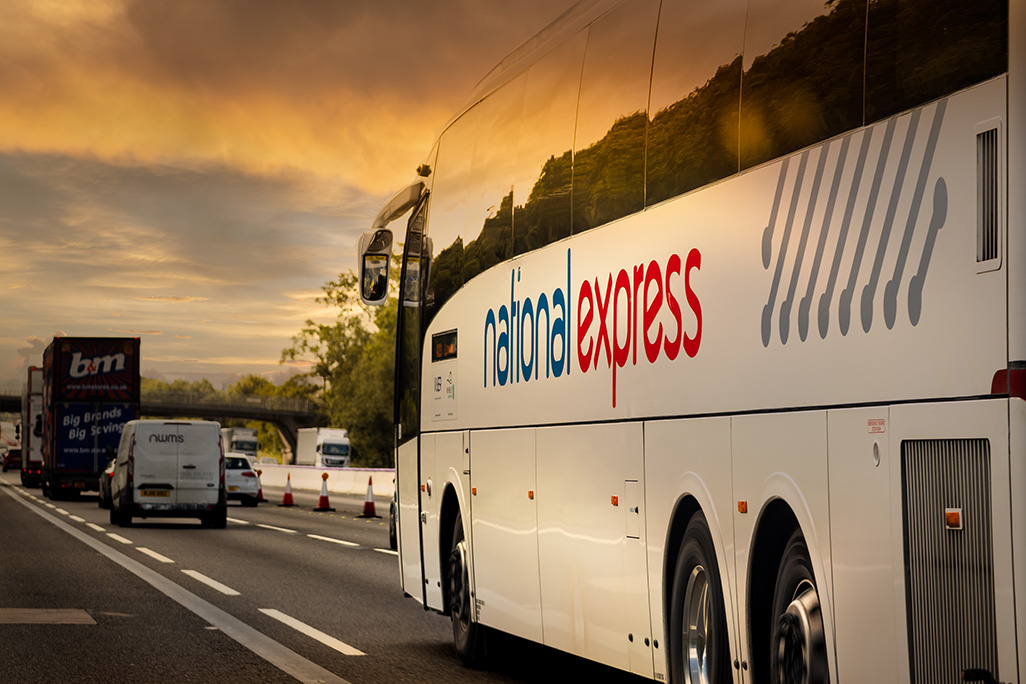
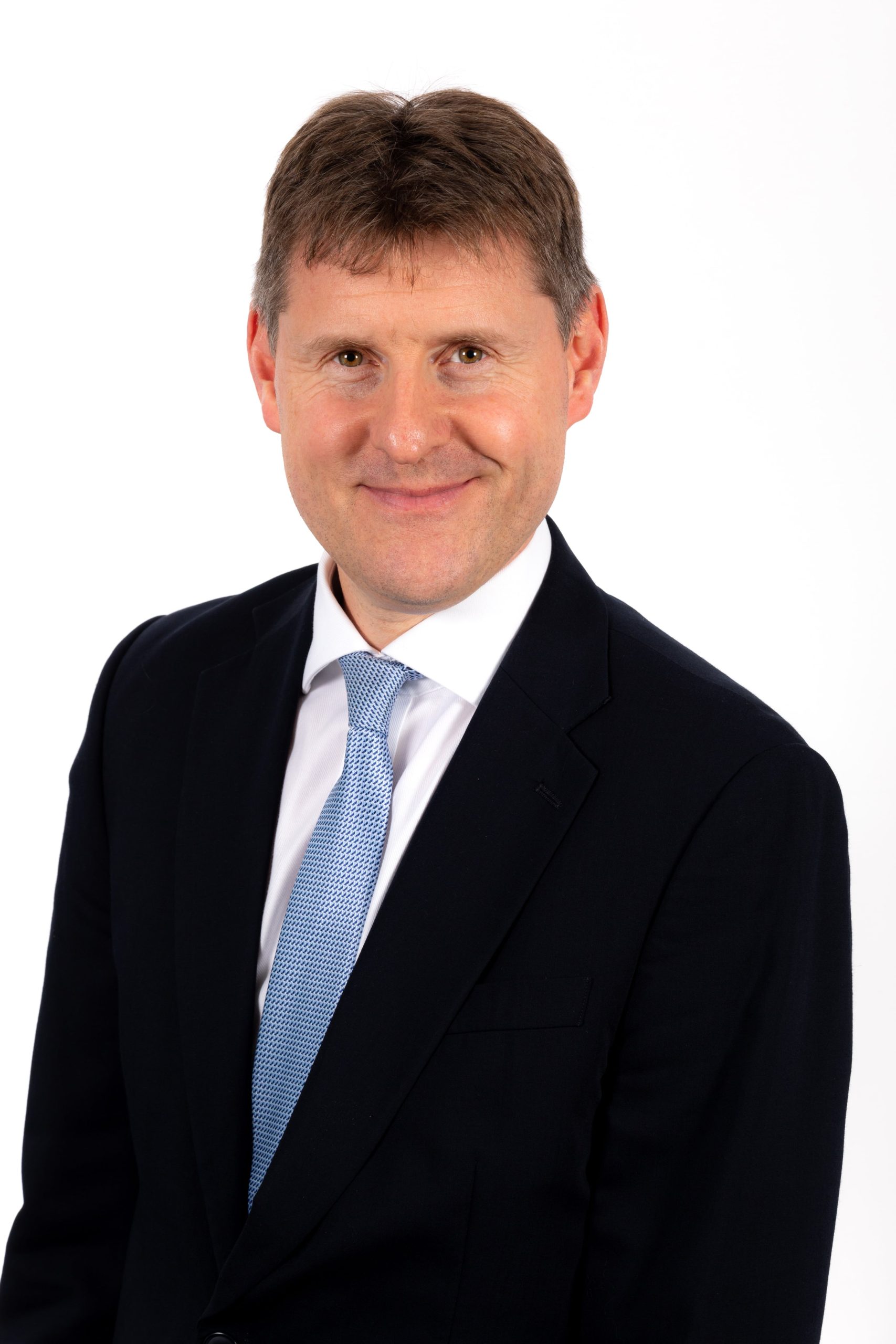 Why the time is right
Why the time is right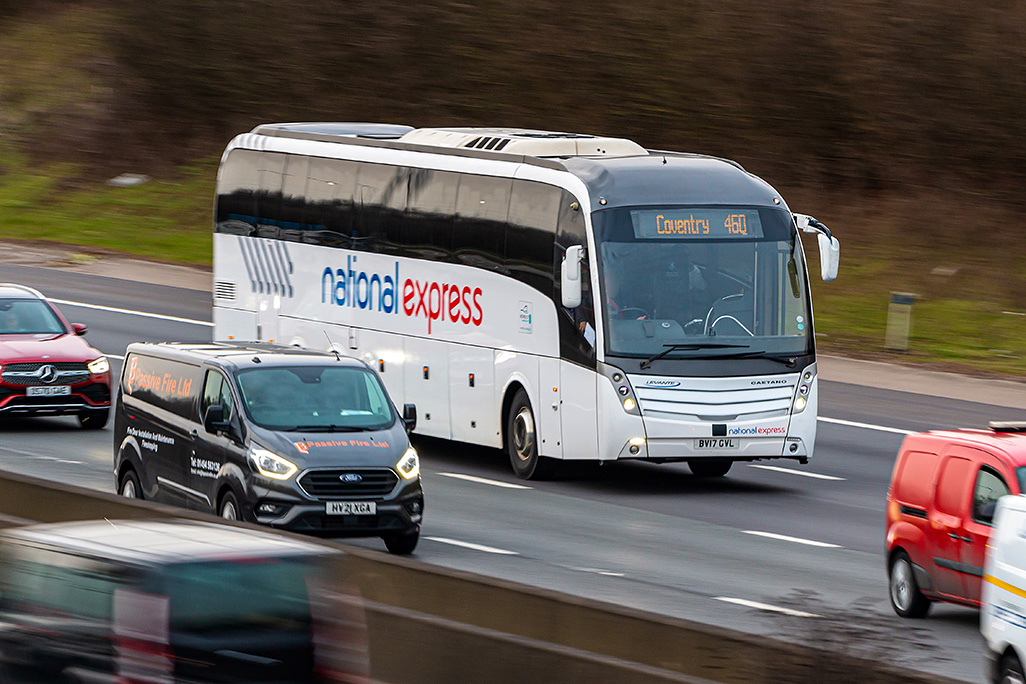
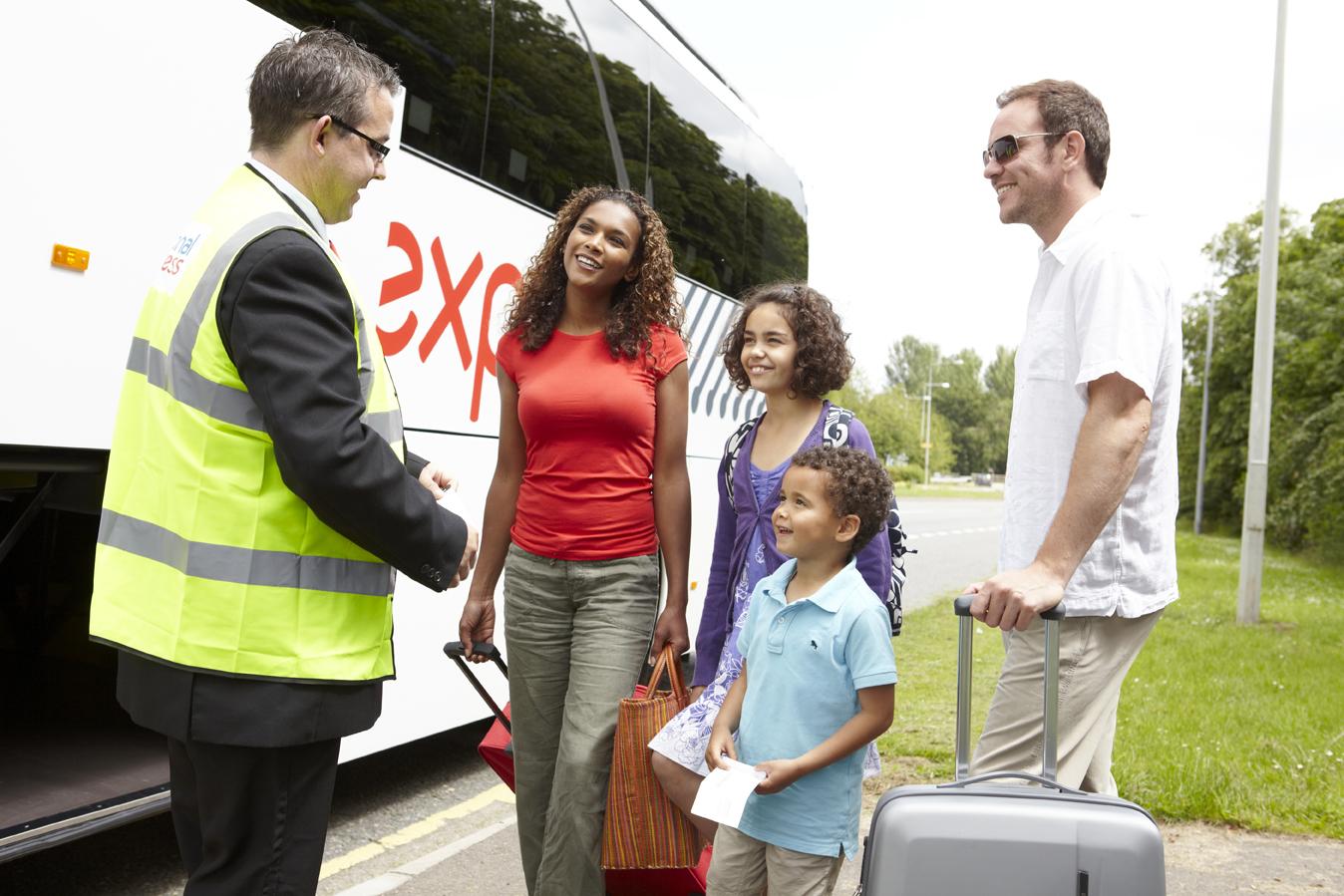 Attracting and retaining drivers
Attracting and retaining drivers